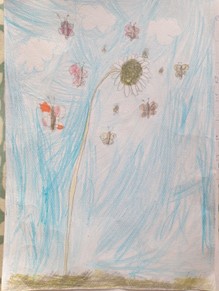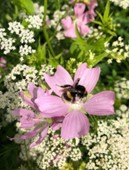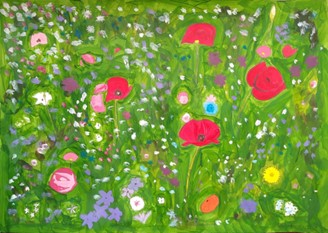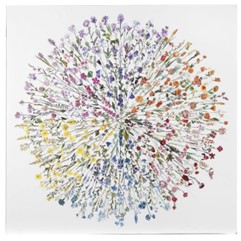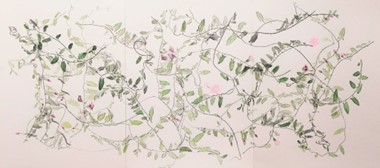
INFORMATION FOR ENTRANTS
Thanks for your interest in the second Wildflower Trail Art Celebration, with our theme of Wildflowers and Pollinators. We are aiming to really celebrate the diversity and joy that wildflowers can bring to our communities, as well as our insect friends.
Our contact email is wildflowerartcomp@gmail.com
The Wildflower Trail is a project by Green Tides, a local not-for-profit organisation supporting our Friends and environmental volunteer groups across Adur and Worthing. We raise funds to deliver essential free training, bring projects to life and support groups with their amazing efforts. To find out more about our work visit www.greentides.org.uk.
OPEN TO EVERYONE LIVING IN ADUR AND WORTHING, UK
Everyone who lives in Adur and Worthing is welcome to contribute. We have no distinct categories – we are welcoming art or photos that celebrate wildflowers and nature from everyone living locally – children and young people, adults, professional artists or enthusiastic amateurs, we can’t wait to see your efforts.
SUBMISSION OF ART AND PHOTOS
Everyone can submit one image. We need a good digital image of your art or photos of wildflowers and/or pollinators. Send these to us at wildflowerartcomp@gmail.com.
The images should be no larger than 5mb in jpeg format. Please include your name, contact email, title of your image and a paragraph about what inspires you and your work.
A selection of images will be chosen for display in local galleries in Spring 2025.
SUBMISSION PERIOD
Submission for the exhibition opens on 1st June and closes on 31st October 2024. No submissions can be accepted after that date.
USE OF IMAGES – TERMS AND CONDITIONS
By submitting your images, you agree to grant Green Tides and The Wildflower Trail a perpetual, royalty-free, non-exclusive, licence to use, reproduce, modify, adapt, publish, distribute, make available to the public, and exercise all copyright and publicity rights with respect to your images for the purpose of promoting and selling of Green Tides and the Wildflower Trail promotional material only.
Green Tides and The Wildflower Trail will likely use submitted images to develop promotional materials, such as calendars or cards. We sell these to raise funds, which then support our Friends and environmental volunteer groups in Adur and Worthing. For more information about how we use our funding, please visit: www.greentides.org.uk.
We will also share the images and your inspiration on our social media channels and our websites. We hope you can also help like and share these too – please follow our social media by visiting:
The Wildflower Trail on Instagram: https://www.instagram.com/thewildflowertrail/
Green Tides on Facebook: https://www.facebook.com/GreenTides
If you do not want to grant to Green Tides and The Wildflower Trail the rights set out above, please do not submit your images to Green Tides or The Wildflower Trail
Thanks again for your interest and we all hope you enjoy being creative and inspired by our wonderful wildflowers and their pollinators, everyone at Green Tides.
Keep scrolling to see some of last year’s entrants 🤩
Michelle Furtado


